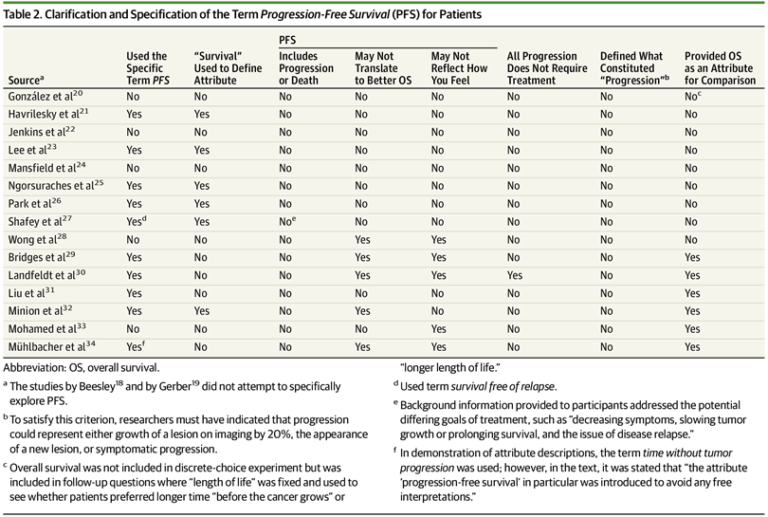Very interesting article from Sampson, Parkin and Devlin (2024). Hard to summarize but worth a read. I have two excerpts below. The first describes the role of death in QALY calculations.
The value attributed to ‘dead’ cannot affect the QALYs that are gained in any context; by definition, no QALYs can be generated by a dead person. Consequently, the concept of a value for ‘dead’ is meaningless; whatever that value, and whatever the duration over which QALYs are calculated, the number of QALYs is zero.
People may express a preference for ‘dead’ and voluntarily describe a health state as WTD [worse than death]. However, it does not follow that ‘dead’ must play a role in health state valuation. People express preferences for many different kinds of states and relate them to their health, especially when asked directly. For instance, people might readily sacrifice health or longevity to be taller, have children, or be published in the American Economic Review…
How can we think of a worse than death head state with a negative quality of life measure?
These features give meaning to the concept of negative HSVs [health state values]. A very poor health state may generate a quality of life shortfall over a year that is valued greater than 1 VHY. Such a state will have a negative HSV. A shortfall of 1.1 VHYs [value of a healthy year] over 1 year implies an HSV of −0.1. ‘Negative quality of life’ has no natural meaning, but a shortfall in quality of life with a value greater than that of a year in perfect health is conceptually meaningful.
Do read the full article.






